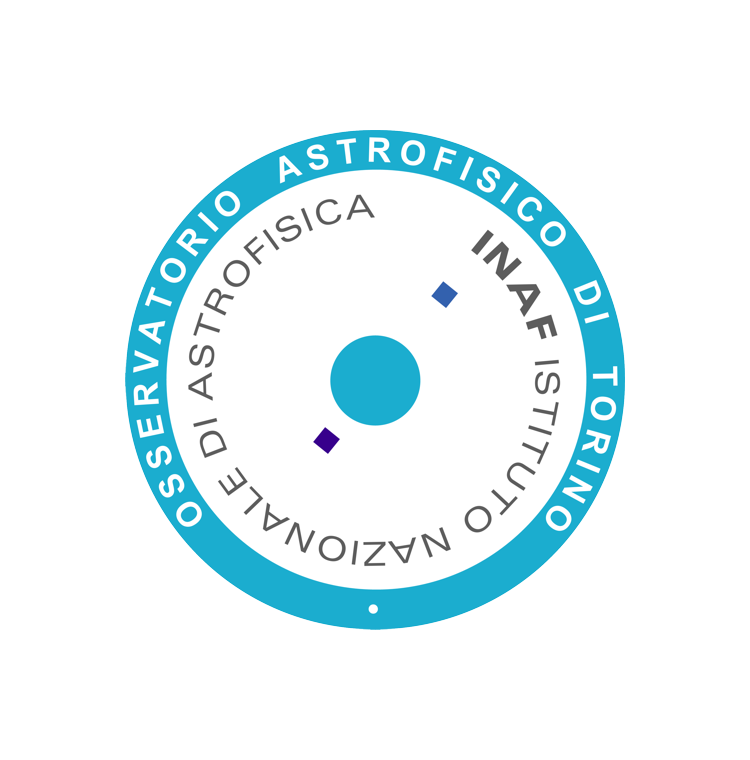
PROJECT NAME
PROBA3
SHORT DESCRIPTION
PROBA3 is a space mission of the European Space Agency (ESA) having the main objective to verifying and validating several metrology and autonomous control systems for a formation flying of two independent satellites. PROBA-3 will operate in a high elliptical orbit, with perigee at 600 km and apogee at 60000 km.
Once the formation is acquired, the two satellites build a giant externally occulted coronagraph, named ASPIICS, with the telescope on one satellite and the external occulter on the other one, placed at the inter-satellite distance of 144m. The formation is maintained over 6 hours long transit across the apogee and during this period several resizing (relative approach and departure) and retargeting (off-pointing and repointing) operations are performed in order to confirm the effectiveness and efficiency of the metrology control systems and algorithms.
The observation of the Sun’s Corona in the field of view [1.08; 3.00] RSun is the scientific tool to confirm the alignment of the formation.
Thanks to the occultation geometry that allows to minimize the diffraction, PROBA3 is expected to return multi-band images of the Corona at high spatial and temporal resolution, very close to the solar limb as never done before.
Once the operations are completed, the formation breaks and the two satellites reach a relative safety position in order to prepare for the transit at the perigee, and then being launched to the next orbit.
ROLE
INAF-OATO was responsible for the study, development, implementation, qualification and acceptance tests of the SPS – Shadow Position Sensors metrological system, one of the most accurate instruments on board of the PROBA3 mission. SPS consists of a series of 8 SiPMs (Silicon PhotoMultipliers) assembled, together with the control electronics, in a mechanical flange specifically designed to be installed in front of the ASPIICS telescope. Through properly sized pinholes made in the mechanical flange, the SPS will be able to monitor the symmetry of the penumbra projected by the external occulter on the pupil plane of the ASPIICS coronagraph. Thanks to an extremely specialized algorithm, also developed by INAF-OATo, they will be able to measure with great accuracy (<0.5mm) any shift of the shadow with respect to the reference system of the telescope. This measurement will allow do evaluate each relative and absolute movement of the two satellites and will provide the on-board software with the necessary correction to bring the formation back to its nominal configuration.
In particular, INAF-OATo:
- designed and manufactured the mechanical parts, and contributed to the design and debugging of
the electronics; - had responsibility for the assembly and testing of the EQM and FM models;
- was test conductor for ESA for the calibrations of the SPS system assembled on the ASPIICS telescope;
- developed, verified and validated the metrology algorithm;
- contributed to the realization of the data analysis pipeline for the PROBA-3 Science Operation Center (SOC);
INAF-OATO has also contributed to the realization of another metrological system: the OPSE- Occulter Position SEnsors. OPSE is a system based on a set of three LEDs positioned in the center of the occulter surface facing the telescope, which are observed together with the Solar Corona, thanks to a hole in the internal occulter of the coronagraph. Like the SPS, the OPSE will permit to measure the relative displacement between the two satellites.
INAF-OATo supported the activity for the characterization of the LEDs, developed and tested the OPSE image centroiding algorithm, and supported the integration and validation activities of the OPSE metrology software in the SOC pipeline. The INAF-OATo team played the role of facility support team during the calibrations of the ASPIICS telescope, and has a fundamental role in the calibration data analysis.
The INAF-OATo team is part of the PROBA-3 Science Working Team.
TIMELINE
2015 – 2026 (mission launch 2024)
SITO WEB
https://www.esa.int/Enabling_Support/Space_Engineering_Technology/Proba_Missions/About_Proba-3
https://www.esa.int/ESA_Multimedia/Videos/2015/03/Proba-3_Dancing_with_the_stars
CONTACTS
Silvano Fineschi Email: silvano.fineschi@inaf.it
Davide Loreggia Email: davide.loreggia@inaf.it

